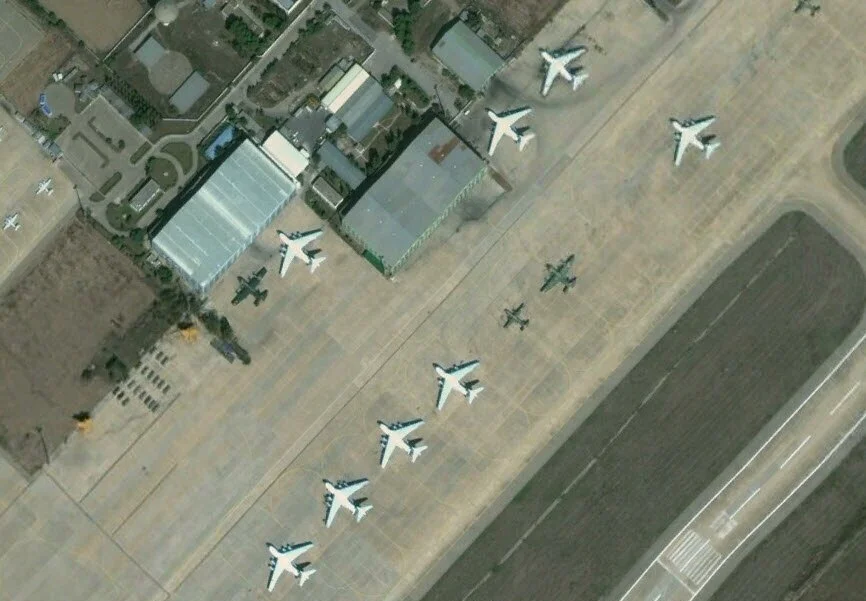Solutions
Situational awareness is the perception of environmental elements and events with respect to time or space, the comprehension of their meaning, and the projection of their future status. It involves being aware of what is happening around you, understanding how it impacts your goals and objectives, and being able to anticipate future developments. In various contexts, such as aviation, military operations, or everyday life, situational awareness is crucial for making effective decisions and responding to changes or threats.
Competitive intelligence is the systematic process of gathering, analyzing, and managing external information about competitors and the broader competitive environment to inform decision-making. It involves identifying and monitoring competitors' actions, strategies, and capabilities to gain insights into their strengths and weaknesses. This information helps organizations anticipate market trends, identify opportunities, and formulate effective strategies to gain a competitive advantage.
A common operating picture (COP) is a comprehensive, up-to-date visualization of relevant information that is shared across an organization or a team. It provides a unified view of a situation, typically in real-time, by integrating data from multiple sources. This helps stakeholders to have a common understanding of the current status, enabling more effective decision-making and coordination of activities. COPs are commonly used in emergency response, military operations, and business environments to enhance situational awareness and facilitate collaboration.
Remote sensing is the process of gathering information about an object or phenomenon from a distance, typically using sensors mounted on aircraft or satellites. It involves the detection and measurement of electromagnetic radiation (such as visible light, infrared, or microwave radiation) reflected or emitted from the target. Remote sensing is used in various fields, including environmental monitoring, land-use planning, agriculture, and disaster management, to gather valuable data without physically touching or interacting with the objects or areas being studied.
Exception-based surveillance is a method used in various industries, such as retail, finance, and security, to monitor and analyze large volumes of data or transactions automatically. Instead of reviewing every piece of data individually, this approach focuses on identifying and flagging exceptions or anomalies that deviate from normal patterns. By using predefined rules or algorithms, exception-based surveillance systems can quickly detect unusual activities, potential fraud, or other irregularities, allowing organizations to take timely action.
Supply chain optimization is the process of improving the efficiency and performance of a supply chain by optimizing its various elements, such as sourcing, production, inventory management, and distribution. This involves using data, analytics, and technology to minimize costs, reduce lead times, increase throughput, and enhance customer satisfaction. Supply chain optimization aims to align supply chain activities with business goals, streamline processes, and create a competitive advantage by ensuring that products are delivered to customers in the most efficient and cost-effective manner possible.







